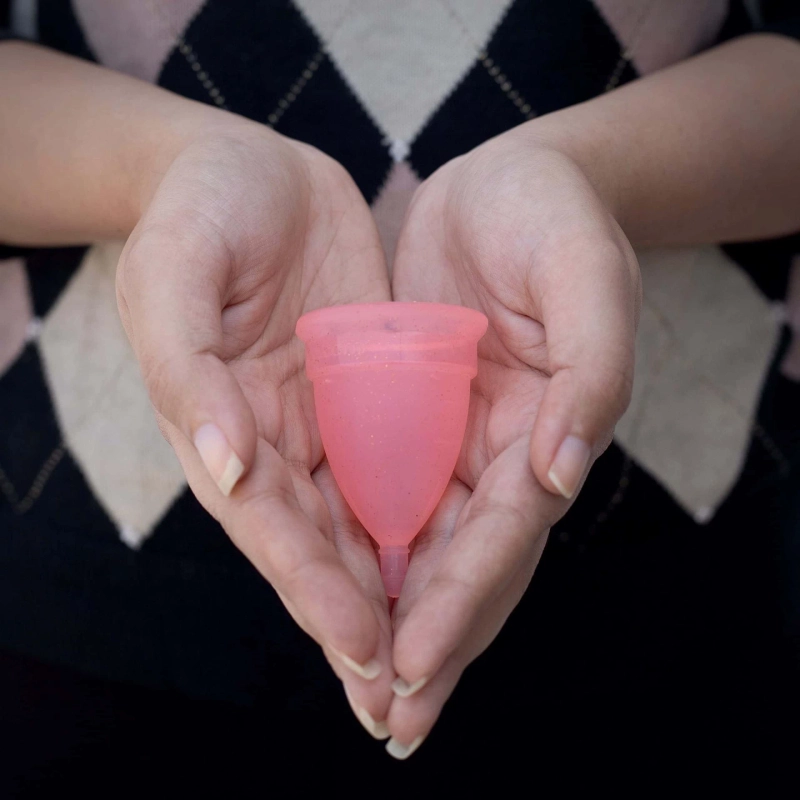There are a lot of myths surrounding female hygiene and menstruation. Some women believe the scientific side, some rely on their mothers and grandmothers for the information while believing in the rudimentary norms of menstruation while some are still struggling with the change. However, menstruation and the evolution of menstrual hygiene products are quite intriguing topics.
Why is it important to talk about menstrual hygiene? Because the silence is killing many menstruating women with life-threatening diseases. As per WHO, poor menstrual hygiene is responsible for high rates of cervical cancer deaths in India. The figures are near twice the global average of cervical cancer across the world. Products like silicone menstrual cups are still unknown by many women across India and women constantly struggle with finding the right sanitary product or with how to wear a menstrual cup.
Now let’s dive into the history.
During ancient times, women used to use leaves, clothes, cotton, or a mixture of these to contain or absorb the menstrual blood. Egyptian women used softened papyrus for better absorption of blood. Greek women wrapped wooden splinters in cotton whereas, English and German women bled into their clothes during the 18th and 19th centuries. The practices were extremely unhygienic because by using these as sanitary products, women used to expose their lady bits to many bacterial and viral pathogens.
Then came the sanitary napkins. It might surprise you, but initially, the sanitary napkins were made for men by the French nurses to aid wounded soldiers in the battle to control bleeding. At first, these disposable and absorbent sanitary napkins were cheap. But during 1888 when the invention took the commercial route, the taboo associated with menstruation acted as a deterrent to hike the price of sanitary products.
As these pads were made from wool, cotton, or similar material in a rectangular shape, they often used to slip. Undoubtedly sanitary pads are a lot better now, but still, they contribute massively to landfill waste and are extremely uncomfortable to use. Tampons are no exception either as they can cause toxic shock syndrome when used for prolonged durations.
As compared to all these products, menstrual cups look a lot nicer. They are reusable convenient to use and yes cost-effective and sustainable. So, we would say that in the evolution of menstrual hygiene products, menstrual cups are the most advanced alternatives till now.
The bottom line
The lack of disclosure regarding sanitary products and the silence about menstrual hygiene compels many women to use anything within their reach to act as an absorber. Especially in remote areas where access to sanitary products is a distant dream, and education is limited, some women use sand, wood pulp and husk which aren’t at all hygienic, nor are efficient at absorbing blood.
Even some modern women are stuck with cloths and sanitary pads that can become a gateway to vaginal diseases. So spread the awareness regarding sanitary products like silicone menstrual cups and if you know someone who is confused about how to wear menstrual cups try to educate or inform them for a better cause.


